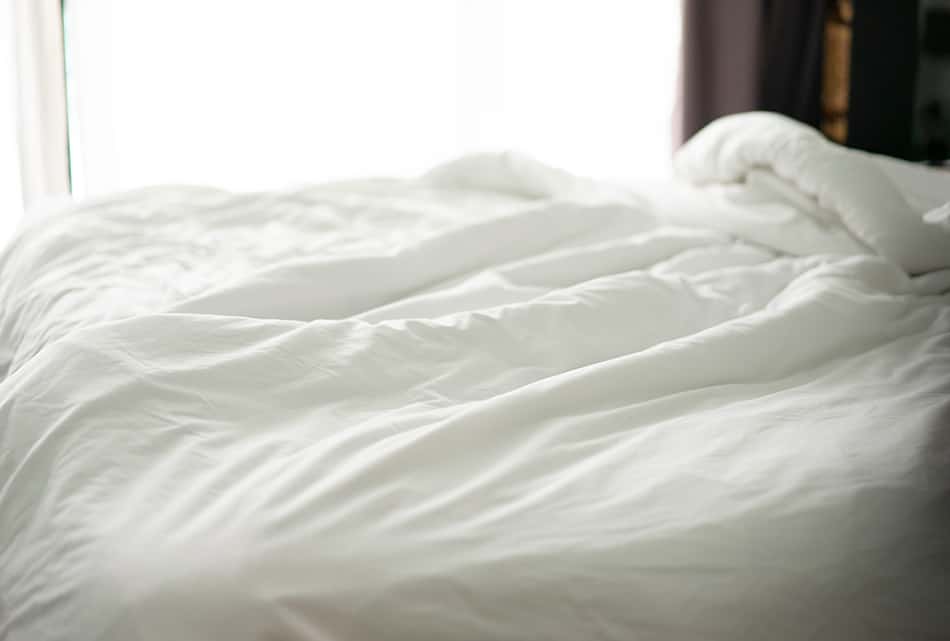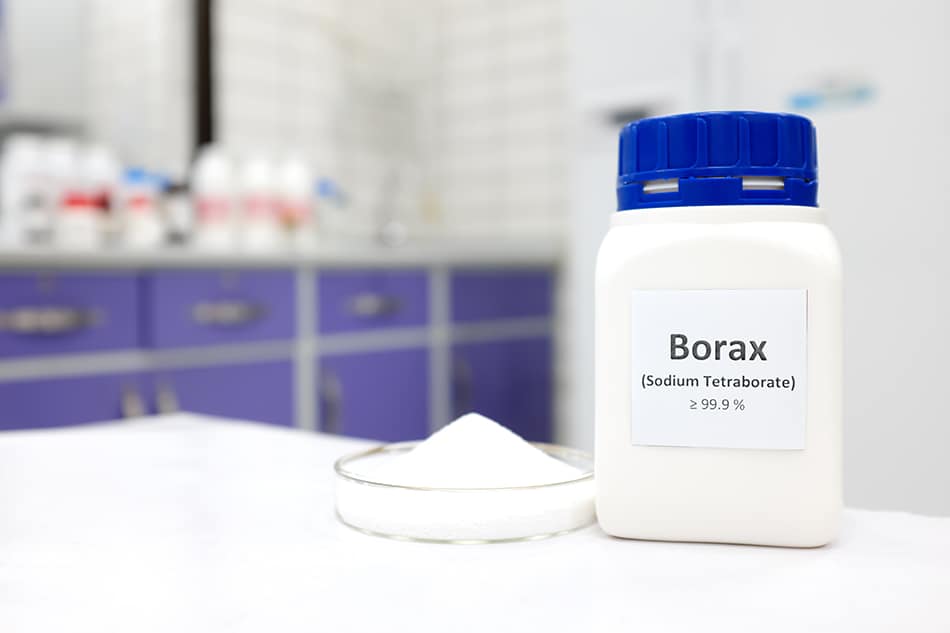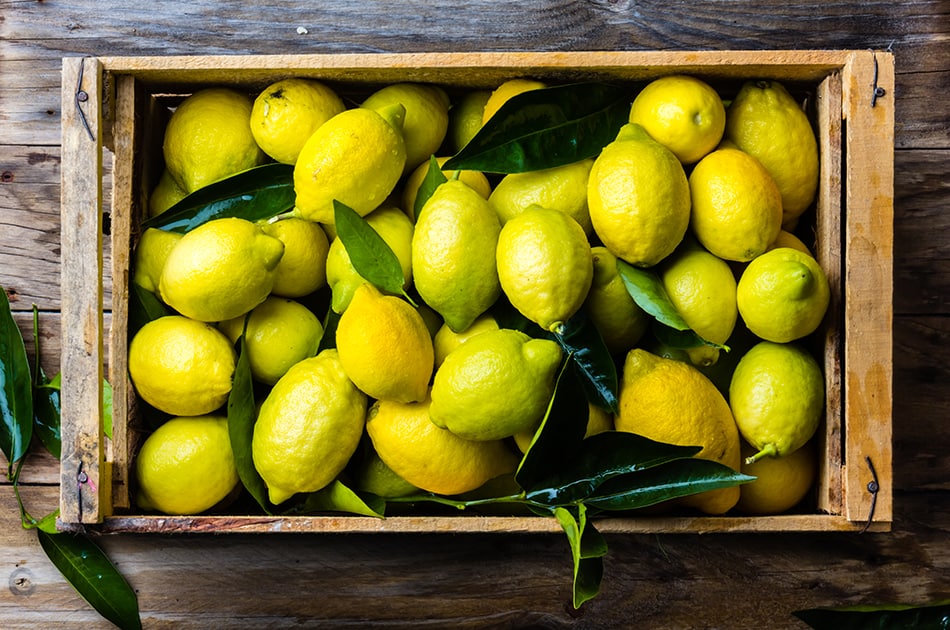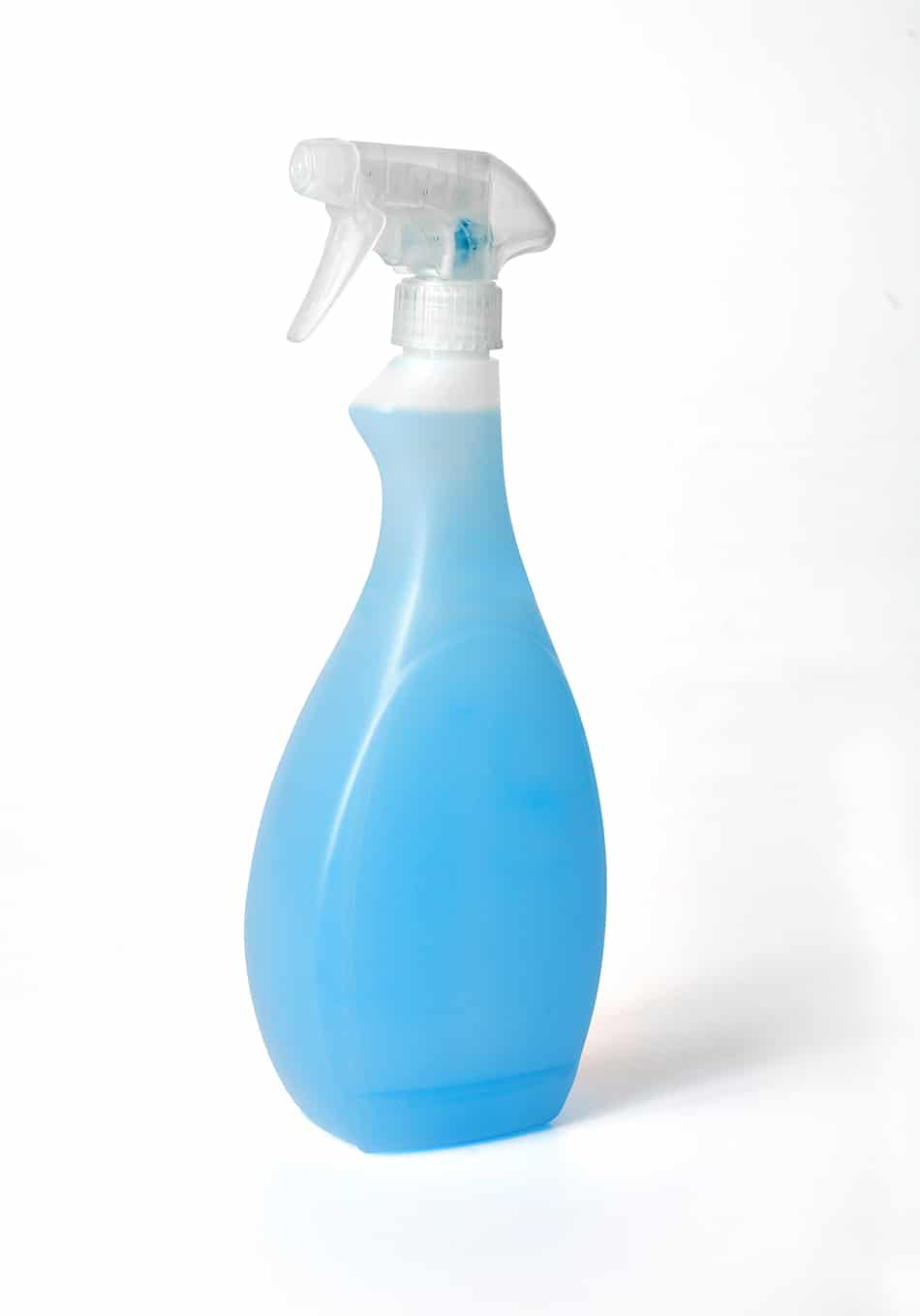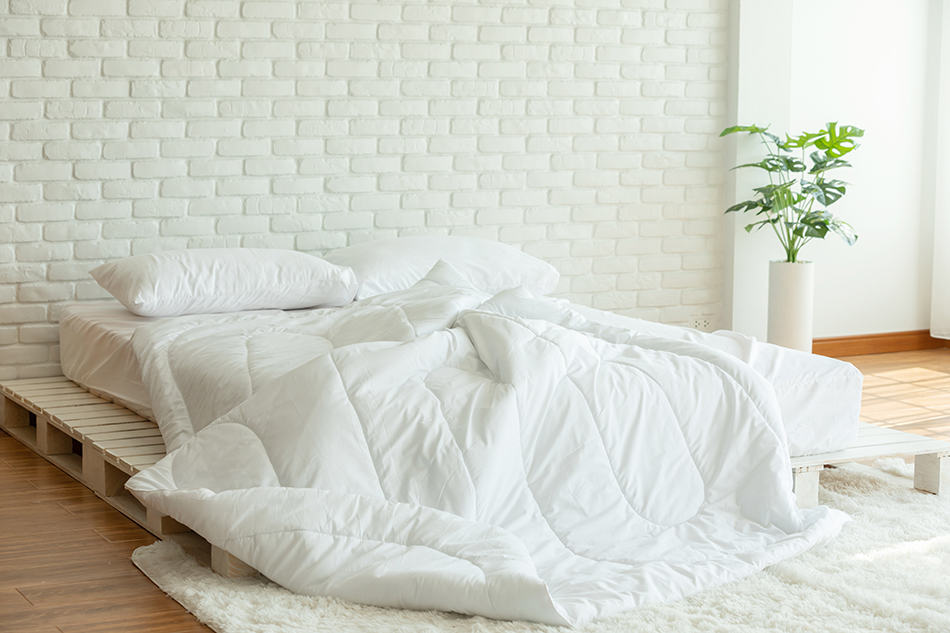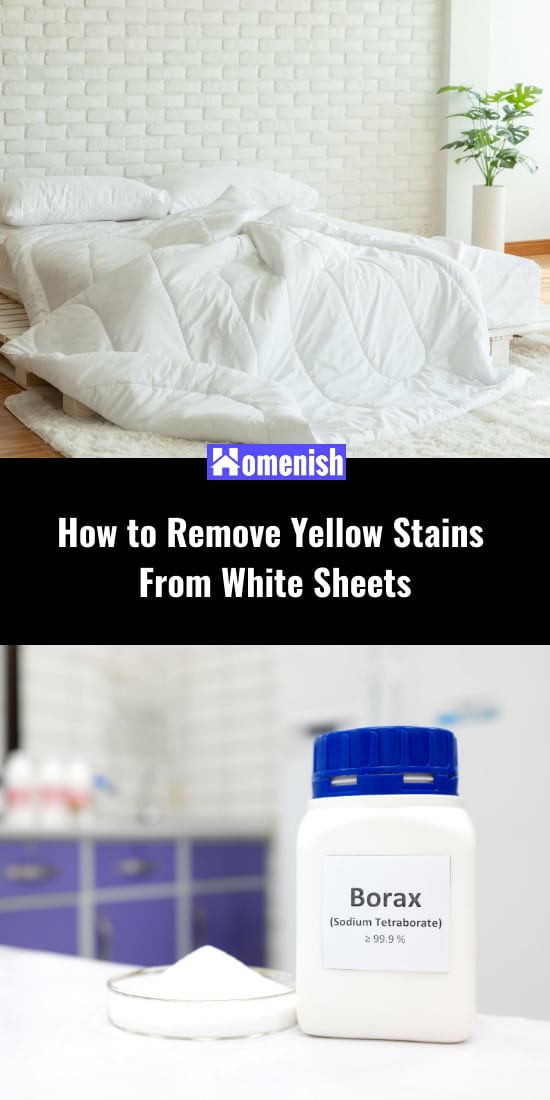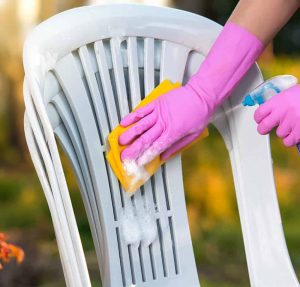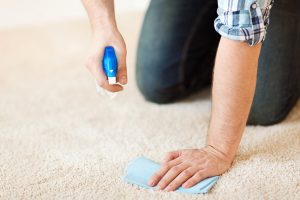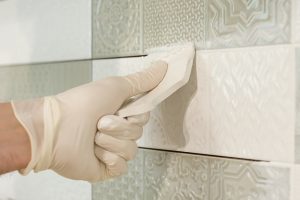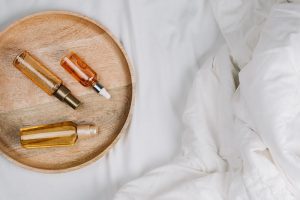No one likes sleeping on yellow, stained white sheets. If you’ve just taken your white cotton sheets out of the wash only to discover they still have those unsightly sweat stains on them, then you’ll be wanting to know how to get those unwelcome yellow stains out of your bedding immediately.
In this article, we will unravel the most common causes of yellow sweat stains on white sheets and come up with the most effective methods to remove these stains and keep them out of your sheets for good.
What Causes Yellow Stains on Sheets
White sheets can turn yellow with prolonged use. With the accumulation of body sweat, the use of lotions, and other skincare products, it won’t take long for the fibers within the fabric to turn into a yellowish tinge.
The bad news is, a regular laundry detergent won’t be able to get these stains out of the sheets. What you need are a few simple household items before or after washing your sheets in hot water. But it’s always recommended to check the sheet’s care label before you use any of our methods.
How to Remove Yellow Stains from White Sheets
Method 1: Borax
- Fill your bathroom sink or tub with hot water. You may alternatively use a bucket or any other large container for your sheets. Just make sure the container is large enough to completely cover the sheets.
- Now add one spoonful of borax to the hot water. Borax is a white powdery mineral used for whitening laundry. Be sure to read the instructions on the box for precise measurements and always wear gloves when stirring this product in the water. To further enhance the effects of borax, use 1 cup of white vinegar for every sheet you’re washing. This solution will remove any odors from the sheets.
- Make sure the sheets are completely submerged in hot water. Use your hands to press down the sheets underwater. If your bucket isn’t large enough for several sheets, you’ll have to place the rest in the basin or bathtub.
- Leave the sheets to soak for at least 1 hour or ideally overnight. If the yellow stains are severe, it’s best to leave the sheets overnight.
- The next day, wring the sheets over the sink or bathtub to get rid of as much water as you can.
- Now wash the sheets in the washing machine using your regular laundry detergent. Make sure you read the washing instructions of your sheets before selecting the appropriate wash cycle.
- After washing the sheets, dry them on a hanging line or in a tumble dryer. While a hanging line will take longer to dry your sheets, it’s the most effective way of drying them without setting any remaining stains in the fabric’s fibers. After all, the sun will naturally lighten the white sheets. A dryer, on the other hand, may not be a great idea as it can make the stains harder to remove in the future.
Method 2: Good Old Lemons
Lemons are natural bleaching agents thanks to their highly acidic juice. All you need is water, a large pot and a few slices of lemon.
- Cut up 3 or 4 lemons, (you can use as many lemons as you like!)
- Fill a large pot with water and add all the lemon slices.
- Bring the mixture to a boil.
- Now turn off the stove and gently place the sheet into the hot water using metal tongs.
- Leave the sheet in the concoction for at least 20 minutes.
- Lastly, empty the pot and wash the sheet in the washing machine using your normal detergent.
Method 3: Liquid Bluing
Liquid bluing cancels out the yellow shade, thus making your stained sheets white again. Many manufacturers now use liquid bluing in the finishing process of fabrics, but it’s important to know that bluing is only a temporary solution as the effects will wear off after every wash.
This product can be purchased from most grocery or hardware stores and is super easy to use. Simply add the liquid directly to the sheets. Note that the bluing may stain the fabric, so be sure to follow the diluting instructions on the bottle as they may differ from brand to brand.
Most liquid bluing products require one teaspoon mixed with 1 quart of water. This solution is then poured over the sheet together with a regular detergent. If you’re using a rinse cycle, use less than one teaspoon of the liquid bluing in the same amount of water.
Caution: avoid pouring this product into your washing machine’s automatic dispenser. It may stain the drum. The product should also not be used with fabric softeners, bleach, and other laundry products as it may cause a reaction and cause staining. Liquid bluing is, however, safe with laundry detergent.
How to Prevent Yellow Sweat Stains on Sheets
Your sheet’s fibers absorb everything that comes into contact with them, from body fluids to lotions and deodorants. These can result in unsightly yellow stains on white sheets. While this isn’t a reflection on your personal hygiene, there are ways to prevent or minimize your body from producing these fluids. Here are some tips you can use to prevent yellow stains on your sheets:
Wash Your Sheets Often
Showering before bedtime isn’t going to stop your body from leaving dead skin cells or sweat in your bed. The accumulated moisture and oil can attract dust mites, mold, or fungi to your mattress, thus causing sore throat, a runny nose, breathing difficulties, and even allergic symptoms.
To avoid all these problems, it’s best to wash your bed sheets frequently. As a rule of thumb, wash them once a week and twice if they are white. Washing your white sheets every 3 days or so will keep them sparkling white for longer.
If your washing machine has the option of an extra rinse cycle, use it to remove any residue detergent from the sheets. This buildup will end up on your sheets and make them look discolored. You must also be selective when buying detergents and ensure you don’t use too much of them.
Always follow the instructions on the laundry detergent box in order to determine just how much you need to wash your bedsheets.
However, there are some stains that cannot be washed, such as some hard-stained oil; there are some ways to get these oils out of sheets.
Don’t Use Store-Bought Fabric Softeners
While fabric softeners can make your sheets feel softer and smell good, they don’t rinse well in the washing machine. As a result, your sheets will end up with chemical buildup. Instead of using fabric softeners, opt for vinegar as a natural solution. Add half a cup of distilled white vinegar directly to the tray of your washing machine. This is an excellent way of whitening (and softening) your sheets naturally.
Wash Your White Sheets Separately
White sheets should never be washed with colored fabrics as there is the risk of fabric dyes bleeding onto the white sheets. Always keep your white bedding accessories separate from other colors during washing.
Wash Your Face Before Bedtime
Our skins absorb lots of germs throughout the day. Always wash your face before bedtime to avoid transferring pollutants, makeup, dust or dirt to your sheets. This will prevent your bed sheets from yellowing or staining.
Don’t Eat in Bed
Eating a pizza, chips, or other nighttime treats should be avoided in bed as the chances of stains or accidental spills on your sheets will be high. Removing these stains from white sheets can be a tough task, so it’s best to avoid eating in bed.
FAQs
Does baking soda remove yellow sweat stains from sheets?
Baking soda is a natural odor neutralizer with powerful whitening abilities. To remove sweat stains from your sheets, add half a cup of baking soda to your normal laundry detergent and select the appropriate wash temperature on your washing machine. The result will be sparkling white sheets that are odor-free.
Can bleach turn yellow sheets white?
Bleach is known for whitening just about anything. But if your sheets are colored, using bleach won’t be a good idea. This product contains chlorine, which is a chemical that reacts with our body sweat, thus causing yellow spots on sheets. To use bleach correctly, first, wash your white sheets using regular laundry detergent before adding half a cup of bleach to the wash cycle.
Should I wash my sheets in cold or hot water?
White bedding sheets should be washed in hot water. Otherwise, the yellow stains won’t come out. High temperatures of 50-60 degrees Celcius will also kill allergens, but it’s best to check the instructions on the sheet’s care label before washing it in the washing machine.
Conclusion
White cotton sheets can lose their original appearance after a few months of use. Any of our suggested methods will prolong your bedsheets’ lifespan by removing their yellow stains or patches. For best results, remember to wash your sheets regularly to keep them looking as good as new.
With proper washing and whitening, your bedsheets can last as long as five years or more, depending on their fabric quality.
